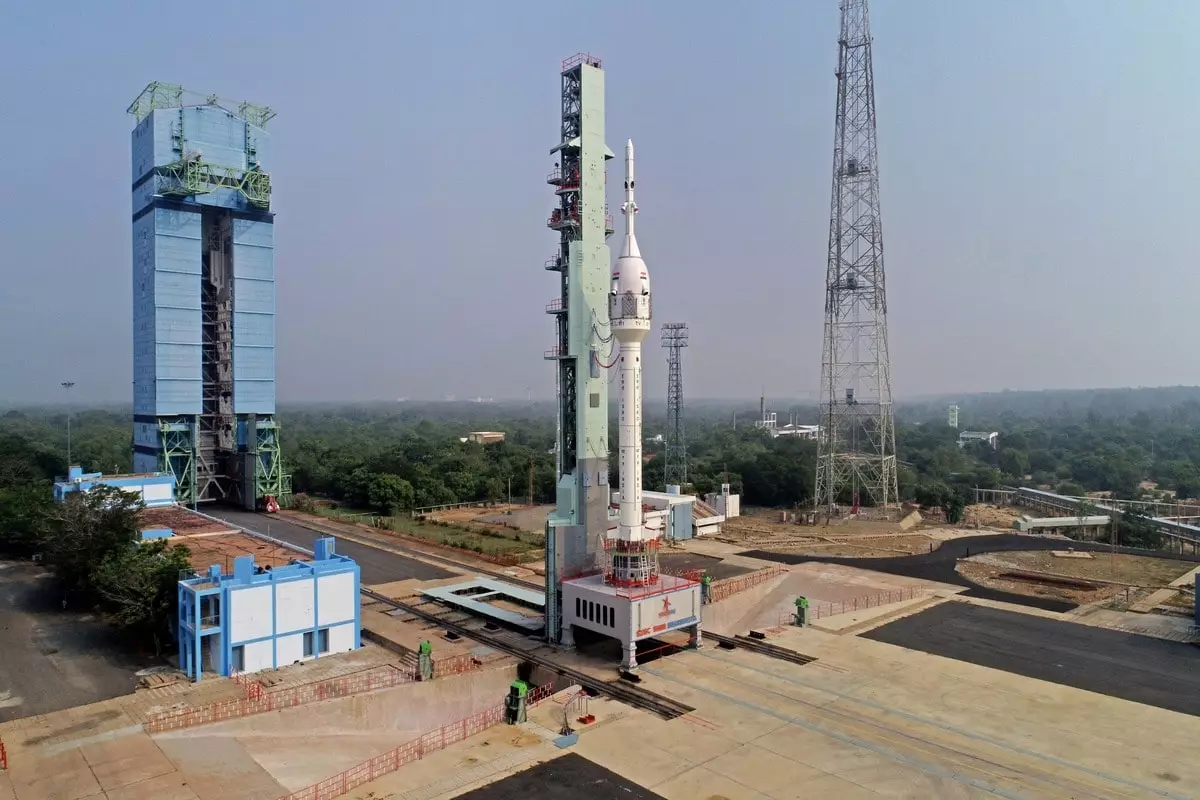India’s space agency, the Indian Space Research Organisation (ISRO), achieved a significant milestone with the successful completion of the ‘TV-D1’ (Test Vehicle Development Flight 1) in the Gaganyaan Mission. This test vehicle was launched to demonstrate the crew escape system for the Gaganyaan program, with the aim of sending humans into space. The mission was initially delayed due to an engine ignition problem but was rescheduled and executed successfully. ISRO Chairman S Somanath expressed his happiness and announced the accomplishment of the mission during a media address.
The purpose of the TV-D1 mission was to showcase the crew escape system’s functionality through a test vehicle demonstration. The vehicle reached a Mach number slightly above the speed of sound and initiated an abort condition to test the crew escape system, which successfully detached the crew module from the vehicle. The subsequent operations, including the module’s touch-down at sea, were completed flawlessly. ISRO Chairman S Somanath congratulated the scientists involved in the mission for their achievements.
Mission Director S Sivakumar described the TV-D1 mission as a unique endeavor, combining three experiments into one. The test vehicle, crew escape system, and crew module were flawlessly demonstrated during this mission. Sivakumar expressed his satisfaction with the successful execution on the first attempt after years of preparation. The characteristics of all three systems were observed and tested thoroughly, meeting the desired objectives. The team behind the mission took pride in the successful achievement at the very first attempt.
The TV-D1 launch aimed to accomplish several mission objectives. The primary objectives included the demonstration and evaluation of the test vehicle subsystems, crew escape system performance assessment, assessment of crew module characteristics, and demonstration of the deceleration system at higher altitudes and its subsequent recovery. The test vehicle, a single-stage liquid rocket, was developed specifically for this abort mission. The payloads consisted of the crew module, crew escape systems, CM fairing, and Interface Adapters. The flight simulated the abort condition during the ascent trajectory of the Gaganyaan mission, representing a vital step in India’s endeavor to send humans into space.
The Gaganyaan project marks a significant milestone in India’s space exploration journey. The project aims to demonstrate India’s human spaceflight capability by launching a three-member crew into a 400km orbit for a 3-day mission and ensuring their safe return by landing in Indian waters. Upon successful completion, India will become the fourth country to accomplish a manned spaceflight, following the United States, Russia, and China. Building on the recent successes of the Chandrayan-3 and Aditya L1 missions, Prime Minister Narendra Modi has set ambitious goals for India’s space initiatives. He directed the establishment of an Indian Space Station named ‘Bharatiya Antariksha Station’ by 2035 and plans to send the first Indian to the moon by 2040.
The successful completion of the TV-D1 mission in the Gaganyaan program is a testament to India’s growing prowess in the field of space exploration. The mission demonstrated the efficiency and effectiveness of the crew escape system and confirmed the performance of various subsystems. This achievement brings India closer to its aspiration of sending humans into space and establishes the nation as a formidable player in the global space community. With Prime Minister Narendra Modi’s ambitious goals, India’s space ambitions continue to soar, promising exciting new possibilities for the future.


Leave a Reply